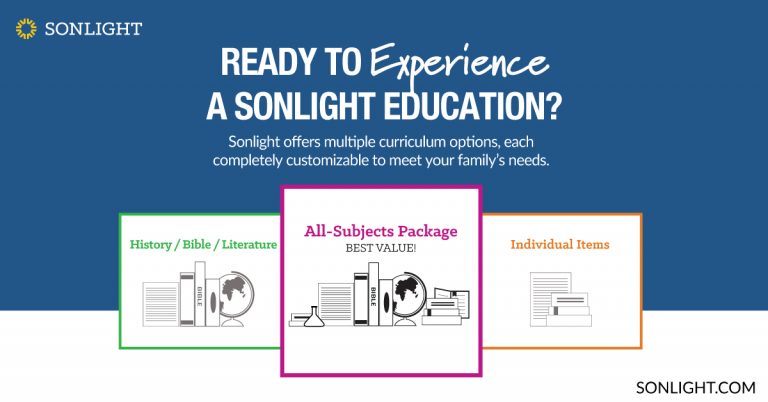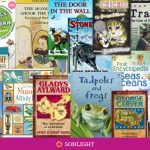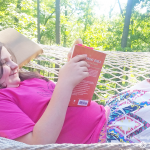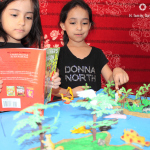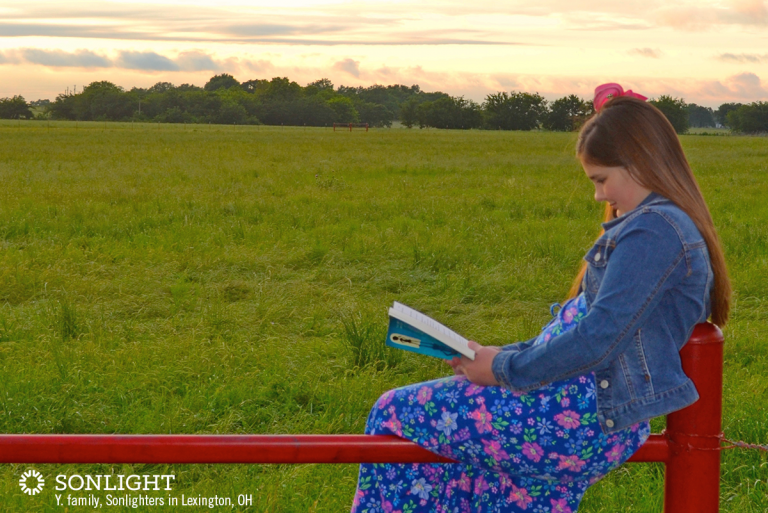
I am a huge fan of reading just for fun. In fact, I believe that recreational reading should be our first exposure to reading.
I also firmly believe that children should not have to formally respond to everything they read. However, in the homeschool setting, it’s nice to occasionally have our children interact what they are reading through writing, conversation, or a project.
What Is a Reading Response?
A reading response is simply put, a personal reaction to a text. In reality, we do this every time we read.
- When we wonder, “Hmmmm...now why would that character do that?” we are responding to the text.
- When we finish a book about birds and decide to check out another book about birds, we are responding to the text.
A reading response is basically the process of interacting with the text on some level.
It’s easy to fall into the trap of forcing a reading response to every single book or chapter, and I strongly caution against that. However, starting in the later elementary years, a written response to one book per quarter can be appropriate. So how can we teach our children to respond to what they read?
1. Talk it Out with Narration
Charlotte Mason believed that one of the best ways to respond to reading is through narration.
Narration is re-telling or summarizing a story orally or in written form.
You’ll probably notice that your Sonlight Instructor’s Guide prompts you to have your child narrate often by way of the discussion questions. Narration is one of the best, most gentle ways a child can respond to a book.
Have your child give a book review at the dinner table to your family. Have them give a short summary of the storyline, without giving away the ending. Then, have them share what they loved about the book. Maybe they had a favorite character that reminded them of their crazy fun cousin. Finally, have them rate the book and possibly recommend it to a family member.
I recommend starting out with oral narration and transitioning to the occasional written narration somewhere around fourth grade. If your child has an aversion to writing, however, postpone written narration until they are comfortable putting pen to paper.
2. You Have to Read This Book!
Organic book recommendations are the best! Take this idea a step further by asking your child to write a letter to a friend, recommending a particular book. If you are part of a co-op, you just need a little wall space and some post-it notes to make a book recommendation station. Have your child simply write, “I recommend Charlotte’s Web to Carly because it’s a book about a lot of farm animals, and Carly loves farm animals.”
Book suggestions are an exciting way to cooperatively interact with literature. Children generally love them because they are akin to getting mail.
Once children are older, they can publish their reviews on Goodreads.
Of course, don’t forget about the book un-recommendation. We all know that we will at some point, come across a lemon, and when we find a lemon, we want to warn others! Be sure your child knows that it’s okay to dislike a book too!
3. E.B. White Meets Picasso
Art is always an appropriate response to literature. Who doesn’t want to draw a picture after reading a fantastic book?
Have your child draw a scene from the story or paint a picture of the main character. You may be surprised at how many small details your child picked up on in the reading. You may even take it further by creating a diorama of a scene from the book.
4. That Reminds Me...
Have you ever been reading along in a book and your precious child keeps interrupting you because they are reminded of a time in their own life? Believe it or not, your child is responding to the reading! They are connecting with the text on a personal level.
Now, I definitely understand how constant interruption is bad for comprehension, so you’ll probably want to set up some ground rules, but remember that this is a great thing! It should be encouraged. You may save time at the end of the day’s reading to discuss connections that your child made with the text. You may have them draw a picture to show what they were reminded of during the story.
Don’t worry...if your child isn’t making connections just yet, you can help them along by modeling. One day, when you are reading, stop and say, “You know, this reminds me of a time when…” And don’t forget to occasionally allow your child to interrupt you to share a personal connection. You may not be able to do it every time, but those connections should be encouraged!
5. Take Your Thoughts Online
Is your child a little techy? If so, they can put their skills to good use writing book review blog posts or making book review videos for YouTube. Setting up a website or a YouTube channel is fairly easy, and while it should be well-monitored by a parent, can be a great tool for responding to literature and learning new skills.
However you decide to do it, encouraging your children to respond to what they are reading in some way is a great tool to get them truly interacting with the text. I would encourage you to find ways for your child to respond to literature that isn’t too laborious for them. Consider their natural bent.
- Are they talkers? They should share orally.
- Are they writers? Find opportunities to let them write their thoughts.
- Are they more techy? Opt for online publishing.
Finally, always model what you want to see in your children. Did you love a book you just finished? Share with your family. Build a family culture around reading and responding to great literature.
Switch to a curriculum that is based on responding to great books. It's simple, low-prep, and enjoyable!


